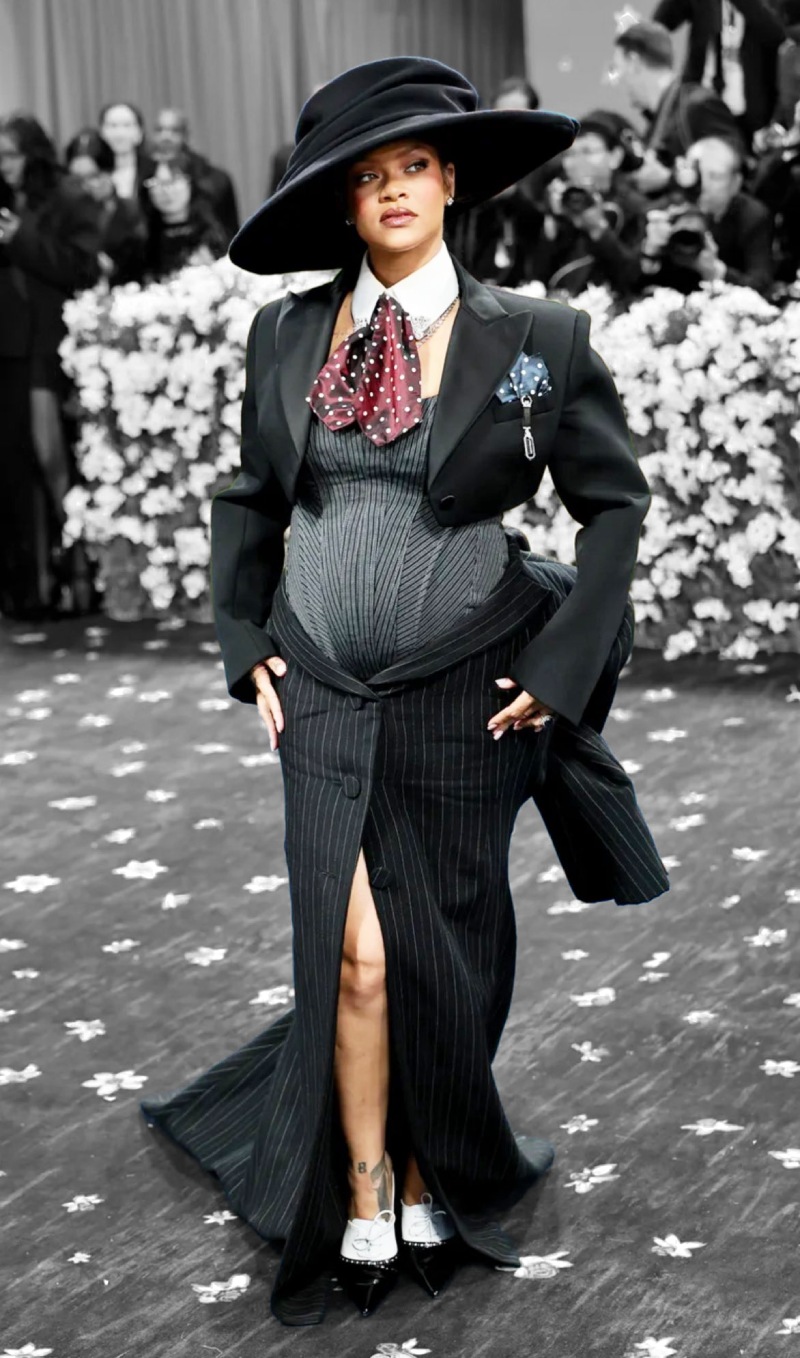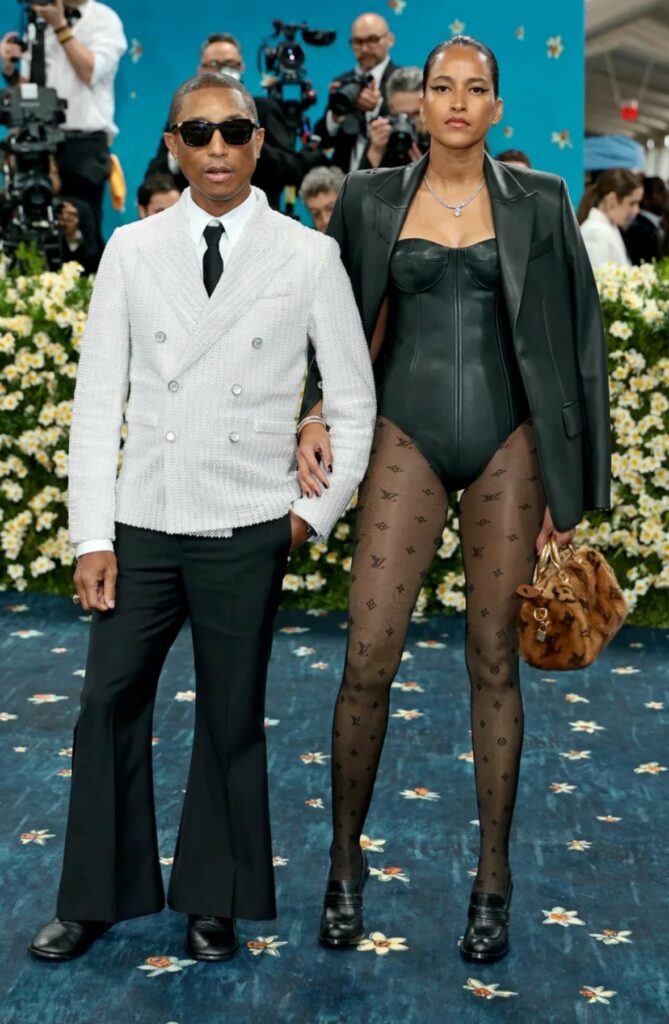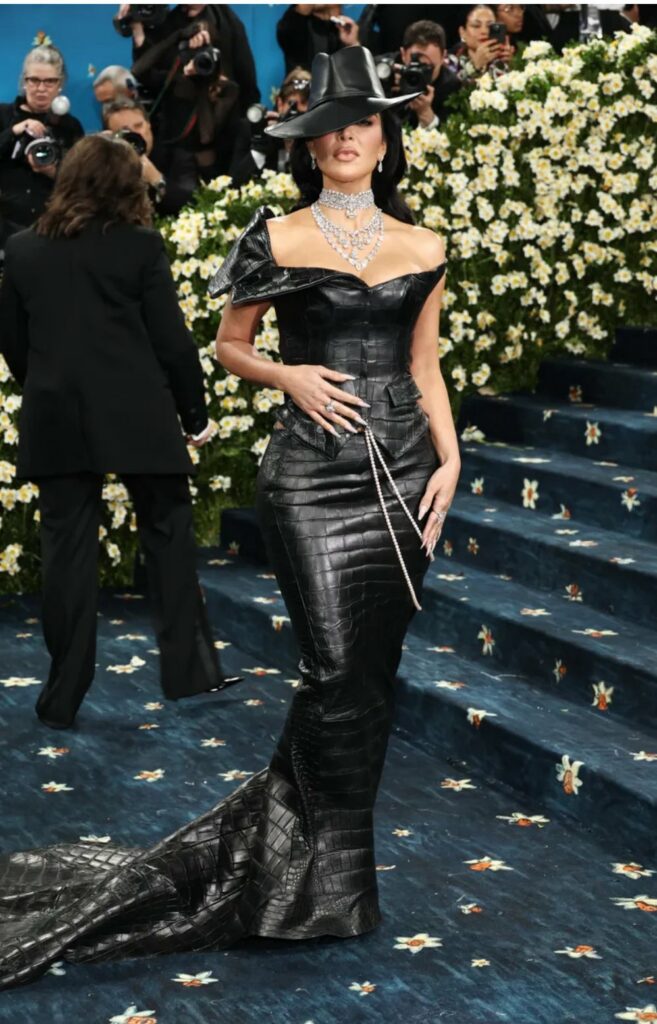 When stars cross-dress to seduce brands, we might think of a return to a form of glamorized slavery, the MET Gala 2025 once again rolled out its red carpet saturated with symbols, oversized egos and calculated provocations. This year, it was a Madonna flamboyant or perhaps tired of her own myth that made her mark, appearing dressed in a man’s suit, brandishing a huge cigar with the insolence of a wink addressed to Donald Trump. Provocative? Certainly. Subversive? Less sure.
When stars cross-dress to seduce brands, we might think of a return to a form of glamorized slavery, the MET Gala 2025 once again rolled out its red carpet saturated with symbols, oversized egos and calculated provocations. This year, it was a Madonna flamboyant or perhaps tired of her own myth that made her mark, appearing dressed in a man’s suit, brandishing a huge cigar with the insolence of a wink addressed to Donald Trump. Provocative? Certainly. Subversive? Less sure.
Beyond the visual shock, this type of appearance raises a deeper question: how far are celebrities prepared to go to remain desirable in the eyes of luxury brands? After all, it’s no longer (just) the public that has to be seduced, but the giants of global marketing, who select their faces like models from a catalog.
Improbable” outfits, sometimes absurd, often uncomfortable, have become tools of communication, even submission. Here, clothing is a coded message, an act of branding disguised as art. It’s not Madonna who dresses like a man, it’s a carefully manufactured image, ready to be sold, shared, liked and, above all, sponsored.
In this masked ball of haute couture, celebrities willingly trade their freedom of expression for advertising contracts. They become walking shop windows, living billboards, where rebellion is a scripted posture and daring is dictated by PR teams.
This phenomenon raises a disturbing reality: modern slavery no longer involves visible chains, but golden ones. The luxury industry exploits celebrity as it once exploited labor: by shaping it, forcing it to appear, imposing a role on it. Behind the glitter, it’s always the logic of profit that dominates, and human beings become just another product to be sold and consumed.
It’s time to ask ourselves whether these extravagances are genuine artistic gestures, or simply the muffled cries of an elite masquerading as revolutionaries to better sell the dream. Meanwhile, the brands continue to choose their “willing slaves” for the next campaign.
FM


